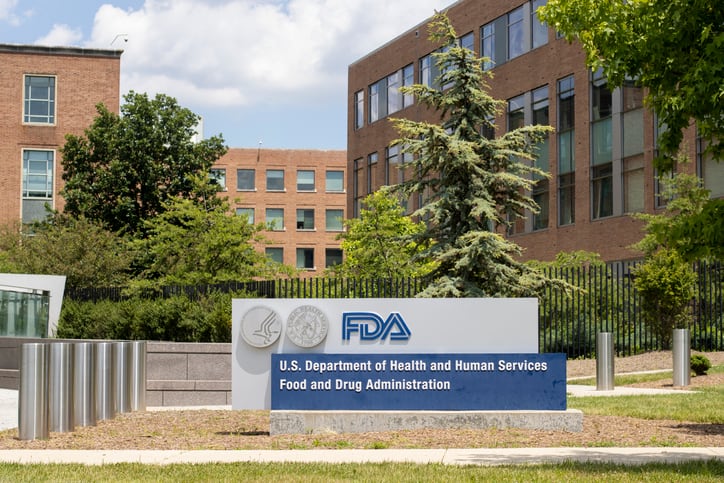FDA’s intent to overhaul the GRAS program as lawmakers push to eliminate self-affirmed determinations puts food additive safety and consumer trust under sharper scrutiny, according to experts.
During a recent International Food Information Council (IFIC) webinar on the Generally Recognized as Safe (GRAS) program, regulators, legal experts and consumer researchers pointed to a widening trust gap and mounting legislative pressure that could reshape how ingredients come to market.
Consumer confidence in food safety is far from absolute, with 70% of consumers between March 12-27, 2025 reporting confidence in the safety of their food and beverages, according to IFIC’s annual Food & Healths survey.
Only half of consumers surveyed said they believed the government evaluated ingredients self-determined as GRAS.
That lack of clarity is shaping the policy debate. FDA intends to amend the GRAS process. Currently, companies can self-determine GRAS status for ingredients without notifying the agency. Lawmakers and public health advocates are pushing to eliminate self-affirmed GRAS entirely, replacing it with mandatory FDA review and a post-market re-evaluation system for chemicals.
FDA’s perspective: Safety standards are the same
Paul Sarnoski, chemist in FDA’s Human Foods Program, affirmed that GRAS and food additives share the same safety bar. “The evaluation process must address all the data and information, including what’s in the literature or otherwise available – good or bad data,” Sarnoski said.
He emphasized that while GRAS conclusions do not require pre-market approval, they are still subject to scientific scrutiny and can be revisited if new evidence or consumption patterns emerge.
Sarnoski also dispelled the notion that GRAS is a loophole. FDA maintains a searchable inventory of GRAS notices and its responses, and companies often seek a “no questions” letter from the agency for transparency, he explained.
Industry counsel: Misinformation is fueling reform
Misconceptions are driving much of the political momentum Tony Pavel, partner at Keller and Heckman LLP.behind GRAS reform, argued
“Companies are not hiding ingredients within their food that have been secretly determined to be GRAS,” he said, pointing out that ingredient labeling laws are strict and violations would amount to misbranding.
He also pushed back on common talking points: the idea that the US has 10,000 food additives versus Europe’s 400 (“a complete apples to oranges comparison,” Pavel said), and that synthetic colors used in the US are banned in Europe (“the reality is the EU actually approves more synthetic colors than the US”).
According to the International Association of Color Manufacturers, the EU allows for nine additional synthetic colors in food, including Azorubine/Carmoisine and Amaranth, which were delisted by the FDA. However, natural colors are more prevalently used in Europe and consumer preferences, not safety, are driving the regional differences in formulation, according to IACM.
Despite these distinctions, Pavel acknowledged that the US system must evolve.
“Continuous improvement is a core principle of food safety. There is always room for improvement,” he said. But he warned that eliminating self-affirmed GRAS could introduce significant supply chain and innovation challenges, especially if state-level policies start to diverge from federal oversight.
What’s next for CPG brands?
For food and beverage companies, the biggest takeaway is that the GRAS framework is under active review – and reforms are not theoretical, according to the speakers. HHS has directed FDA to explore legislative and regulatory options to phase out self-determinations, with a proposed rule expected in the coming year.
Consumer perception is also a brand risk. That trust gap noted in IFIC’s survey translates into brand risk for food companies, making transparency and clear communication with consumers more critical as FDA weighs changes to the GRAS process.
As Pavel put it, the policy environment is “unlike anything we have ever seen” in 25 years of food law. For CPG brands, that means the era of self-affirmed GRAS determinations may be coming to an end.




